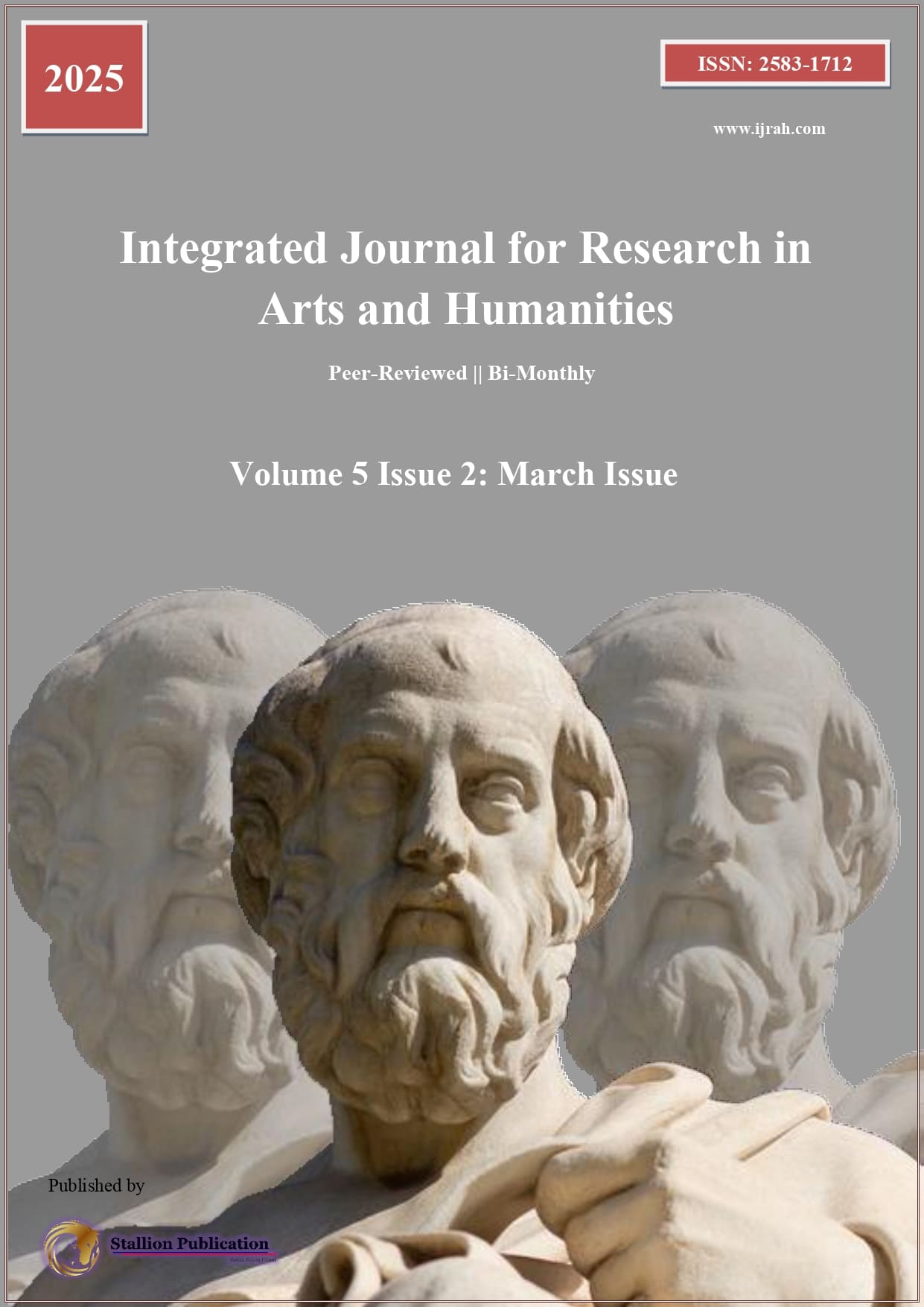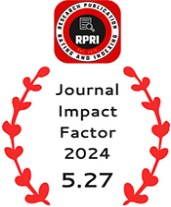Revolution, Redemption and Resurrection in the Best and Worst of Times: Charles Dickens' ‘A Tale of Two Cities’
DOI:
https://doi.org/10.55544/ijrah.5.2.25Keywords:
turmoil, bloodshed, compatriot, antagonist, immolate, guillotine, vengeance, redemptionAbstract
The world-renowned novel A Tale of Two Cities is both a historical narrative and one of the most widely read works of Charles Dickens, the greatest novelist of the Victorian era. First published in 1859, it unfolds against the backdrop of the French Revolution, seamlessly weaving fiction with history through its memorable characters. Drawing inspiration from Thomas Carlyle’s The French Revolution, Dickens enriches his tale of London and revolutionary Paris with gripping dramatization. The aim of the French Revolution was to reform the Old Regime of absolute monarchy based on Enlightenment principles. While it succeeded in its goals, it also unleashed horrific and uncontrollable waves of violence and bloodshed. Thus, it can be said that violence begets more violence. The grotesque scenes of large-scale mob brutality are especially vivid and blood-soaked. The novel’s complex plot revolves around Sydney Carton’s ultimate sacrifice of his life for his friends, Charles Darnay and Lucie. While political events drive the story, Dickens adopts a decidedly anti-political stance, condemning both aristocratic tyranny and revolutionary bloodthirstiness. The latter is memorably embodied in Madame Defarge, who plays the role of both antagonist and bitter knitter, deeply involved in the revolution. Her knitting secretly serves as a record of those she intends to see executed at the guillotine during the revolution. While it is true that she has lost her family at the hands of the Evrémondes, her unrelenting ruthlessness evokes no sympathy for her in the novel. Her merciless desire for revenge against the Evrémonde family, spanning the innocent Darnay, his wife, daughter, and Dr. Alexandre Manette, ultimately leads to her death, struck down with her own weapon at the hands of Miss Pross.
Downloads
Metrics
References
Dickens Charles. (2003). ‘A Tale of Two Cities.’ Edited by Richard Maxwell. London: Penguin Classics.
Forster, E. M. (1927). ‘Aspects of the Novel’ 2005 Reprint: London: Penguin.
‘A Tale of Two Cities.’ (2011) Characters List Spark Notes: Today's Most Popular Study Guides.
‘A Tale of Two Cities,’ Movie in 1958, Directed by Ralph Thomas; starring Dirk Bogarde, Dorothy Tutin.
‘A Tale of Two Cities,’ a 1984 TV animated version by Burbank Animation Studios, Australia.
George Orwell, (1945). ‘Animal Farm.’ Warburg, London, England. The United Kingdom.
‘A Tale of Two Cities’ 1935 Movie, Directed by Conway. Produced by David O. Selznick.
https://telugupatalu706684957.wordpress.com/category/ devulapalli Venkata Krishna Sastry.
https://www.google.com/search?q=existentialism+philosophy&sca_esv=e.
Downloads
Published
How to Cite
Issue
Section
License
Copyright (c) 2025 Dr. PR Chandra Reddy

This work is licensed under a Creative Commons Attribution-NonCommercial-NoDerivatives 4.0 International License.

























